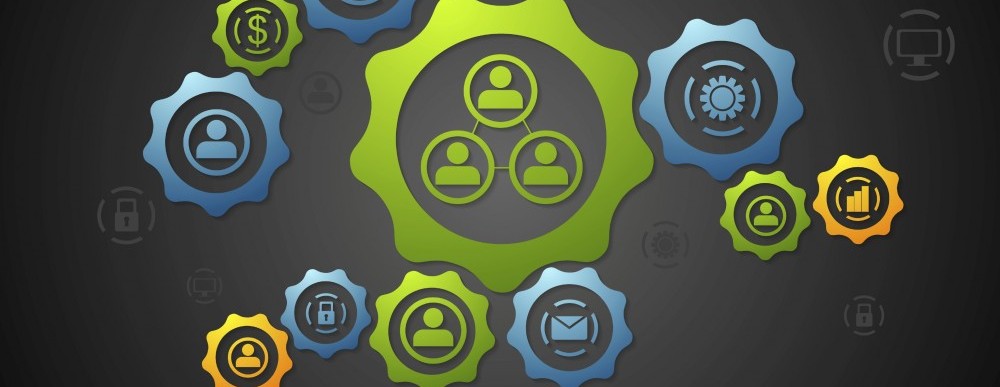Tasked to do more with less, government agencies are looking for ways to lighten the burden on overloaded IT teams while also elevating the level of citizen service.
Automation offers a way forward. By putting machines in charge of repetitive or tedious tasks, agencies can elevate employee satisfaction, contain the costs of their IT efforts and simultaneously meet their mission more effectively. An automation “platform” can help drive these efforts.
To explore the possibilities, GovLoop convened a roundtable featuring a top county-government official and a prominent industry voice. They highlighted three key steps for bringing automation to life within the public sector.
Focus on People
There will be cultural resistance if people see automation as a threat to their jobs. It’s important, therefore, to engage key stakeholders and focus on the human factors.
“It will get very easy to get bogged down with all of the cool advancements, what you can do with technology,” said Shea McGrew, Acting Deputy CIO — Enterprise Infrastructure (EI), Maricopa County, Office of Enterprise Technology. “In public service, you’re going to have people on each side of that interaction — your employees, as well as your citizens. We want to make sure that we’re keeping them in mind as we’re developing this strategy.”
Automation offers a path toward employee empowerment, freeing people to do their best and most valuable work, but IT leaders will need to make that case.
Engage Upper Management
Buy-in from senior leadership will drive an automation effort. To win that top-level engagement, IT leaders should lean on metrics, such as time and money saved through automation.
“Understand your current state. How long is it taking you to do some of those repetitive processes? How many [full-time equivalent employees] are you using? How much does it cost that FTE to execute on that task?” McGrew said.
Maricopa’s earliest automation efforts, for instance, focused on patching software, a tedious and time-consuming monthly ordeal. With automation, a task that used to take 10 hours and 12 system administrators now takes eight hours and six engineers. Metrics like these help IT leaders make a strong case for automated processes.
Consider an Automation Platform
Rather than automate individual tasks in one-off projects, IT leaders can look to a platform-based solution as a way to make their automation efforts consistent and scalable. Government agencies need “an enterprise-wide framework or enterprise-wide platform to support automation journeys,” said Red Hat Automation Strategist Ajay Chenampara.
A platform can minimize friction, delivering a consistent experience in support of collaboration between teams. And it will deliver governance to ensure strong security in automated processes.
“When you think about moving away from manual operations to automated operations, you want to still be able to have that trust and confidence that your production endpoints are not being introduced to risks because of automation,” Chenampara said. With a carefully thought-out automation strategy, agencies can make better use of skilled IT personnel, enhancing job satisfaction while at the same time driving improved mission outcomes.
A version of this article first appeared on April 28, 2022.





Leave a Reply
You must be logged in to post a comment.